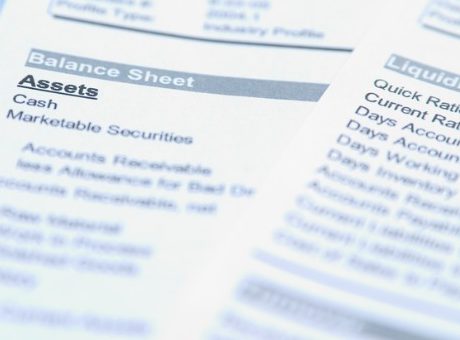3. Stock or Inventory
Inventories are the sum of items that are:
- Stocked for sale during the normal course of business (finished goods)
- In the production process and for eventual sale (work-in-progress)
- Soon-to-be consumed in the manufacturing of goods that would be sold eventually (raw material)
It is important to note that the items forming a part of inventory are the goods that would be sold during the normal course of business. Thus, goods available for resale form a part of the inventory for businesses such as merchandising companies. Goods available as raw materials, work-in-process, and finished goods, on the other hand, form a part of the inventory for businesses such as manufacturing firms.
Raw materials consist of goods that are used to manufacture products. Work-in-process refers to goods that are still in the manufacturing process and are not yet completed. Finally, finished goods refer to the items that are completed and are awaiting sale.
The cost of inventory includes all the costs that are necessary to bring goods into a place and condition in which they can be sold further. Therefore, the cost of inventory includes purchase cost, conversion costs, freight-in, and similar items that relate to the above rule.
However, the following costs are excluded from the cost of inventory:
- abnormal waste of raw material, labour, and overhead,
- storage costs,
- administrative overheads and
- selling costs
Therefore, various inventory costing methods should be used once the unit cost of inventory is determined. These methods are used to bring a systematic approach to determining the cost of inventory as part of a business’s inventory management practices since each unit of inventory has a different cost.
Methods used for determining the cost of inventories are as follows:
- Raw and Packing Material – First In First Out (FIFO)
- Stock-in-trade (Goods purchased for resale) – Weighted Average
- Stores and Spare Parts – Weighted Average
- Work-in-progress and Finished Goods – Material Cost + Appropriate Share of Production Overheads and Excise Duty wherever applicable













